The automotive world has been buzzing about Huawei's deep foray into intelligent vehicle technology, and the AITO M9 represents what many are calling the pinnacle of this evolution. As the flagship model of Huawei's HarmonyOS-powered cockpit system, the M9 doesn't just push boundaries - it redefines what consumers should expect from in-car technology in the electric vehicle era.
A New Benchmark for Intelligent Cockpits
What makes the AITO M9 stand out isn't just its premium SUV form factor or its electric powertrain options, but rather how Huawei has implemented its HarmonyOS as a comprehensive digital ecosystem. Unlike traditional infotainment systems that feel bolted onto the driving experience, the M9's cockpit represents a seamless fusion of hardware and software where every component feels intentionally designed to work in harmony (no pun intended).
The centerpiece is undoubtedly the massive AR-HUD (Augmented Reality Head-Up Display) that projects critical information across the windshield with unprecedented clarity. But what truly impresses is how this integrates with the vehicle's advanced driver assistance systems and navigation data to create contextual overlays that feel like something from a sci-fi movie. Stop signs, lane markings, and even potential hazards get highlighted directly in the driver's field of view.
The Software That Makes the Magic Happen
Huawei's HarmonyOS has evolved significantly since its initial automotive implementations. In the M9, it powers not just the main infotainment displays but coordinates between multiple systems including:
The main 15.6-inch center touchscreen with its crisp 2K resolution responds with smartphone-like fluidity thanks to Huawei's Kirin chipset. What's remarkable is how the interface adapts to different scenarios - simplifying controls while driving but offering deeper functionality when parked. The voice assistant understands natural language commands better than most competitors, capable of handling multi-step requests without missing a beat.
Passengers aren't left out either. The M9 offers optional rear-seat entertainment screens that don't just mirror content but allow independent operation. Family members can be watching different movies while the front passenger browses nearby charging stations - all without interfering with the driver's navigation display. This level of multi-user, multi-task capability was unheard of in vehicles just a few years ago.
Hardware Designed for the Digital Age
The physical execution complements the software beautifully. Huawei has equipped the M9 with an array of 12 ultrasonic sensors, 5 millimeter-wave radars, and 11 high-resolution cameras that feed data to the cockpit systems. This sensor suite doesn't just enable advanced driving aids but allows the vehicle to understand its surroundings in remarkable detail.
An often-overlooked but critical aspect is the audio system. The M9's 23-speaker setup isn't just about premium sound quality (though it delivers that in spades). The spatial audio technology integrates with navigation prompts and warning systems to directionalize alerts. If a potential hazard approaches from the left, the warning chime comes primarily from that side - a subtle but potentially life-saving detail.
Connectivity That Goes Beyond Expectations
Where the HarmonyOS cockpit truly shines is in its connectivity ecosystem. The M9 supports 5G connectivity as standard, enabling over-the-air updates that go beyond simple software patches. Huawei has demonstrated entire new feature sets being added remotely, essentially allowing the vehicle's capabilities to grow over time.
The smartphone integration deserves special mention. While Apple CarPlay and Android Auto feel like guests in most vehicles, HarmonyOS treats Huawei phones as natural extensions of the cockpit. A user can start watching a video on their phone, enter the vehicle, and have it automatically transfer to the appropriate screen with playback position intact. The reverse works too - navigation routes planned in the vehicle can transfer to the phone when exiting.
The Ultimate Test: Daily Usability
All the technology in the world means little if it doesn't work smoothly in real-world conditions. After extended testing, what stands out about the M9's cockpit is how it manages complexity without becoming complicated. The learning curve is surprisingly shallow for a system packing this much capability.
Take the climate controls as an example. While accessible through the touchscreen, there are also physical buttons for quick adjustments. The system remembers individual preferences for different drivers and can even make predictive adjustments based on weather data and cabin occupancy. It's this thoughtful execution that separates the M9 from vehicles that simply pack in tech features without considering how they'll actually be used.
Looking Toward the Future
The AITO M9 represents more than just another luxury EV - it showcases what becomes possible when a technology company with Huawei's resources rethinks the automobile from the ground up. The HarmonyOS cockpit isn't an afterthought or a third-party addition but the central nervous system of the vehicle.
As Huawei continues refining this platform, the implications extend beyond the M9. The technologies and interfaces developed here will likely trickle down to more affordable models, potentially raising the baseline for what consumers expect from all vehicles. In an industry racing toward electrification and autonomy, the human-machine interface may ultimately become the deciding factor for buyers. With the M9, Huawei has thrown down a formidable gauntlet.
The question isn't whether other automakers will respond to this challenge, but whether any can match the seamless integration of hardware, software, and services that Huawei has achieved. The AITO M9's HarmonyOS cockpit doesn't just represent the current pinnacle - it points toward where vehicle interiors are heading in the coming decade.
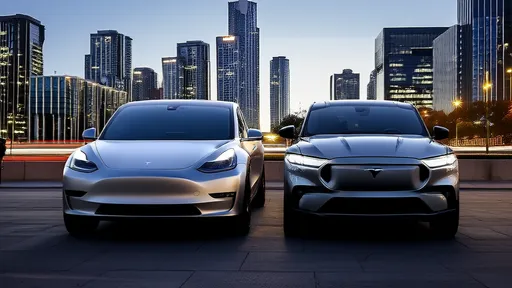
By /Jun 14, 2025

By /Jun 14, 2025
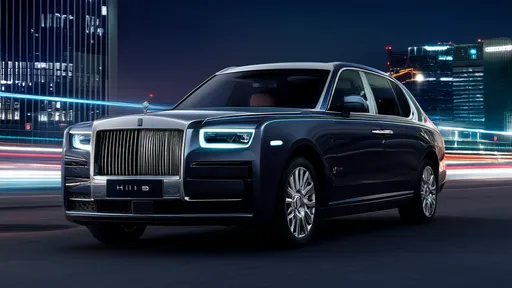
By /Jun 14, 2025
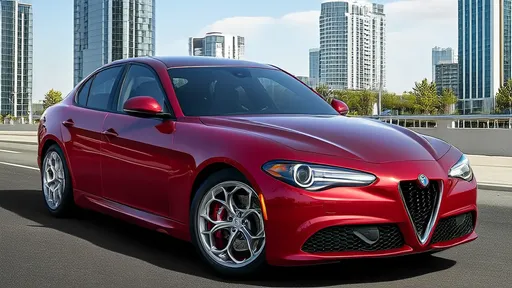
By /Jun 14, 2025
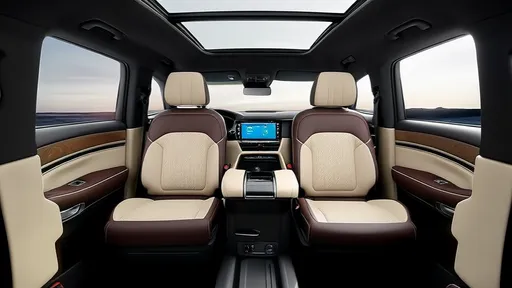
By /Jun 14, 2025
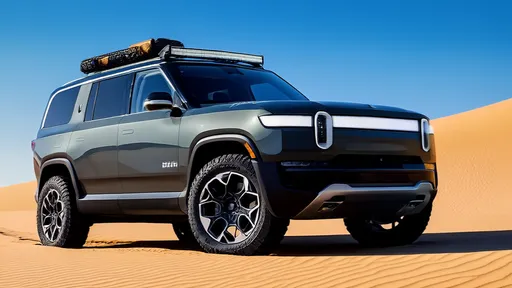
By /Jun 14, 2025
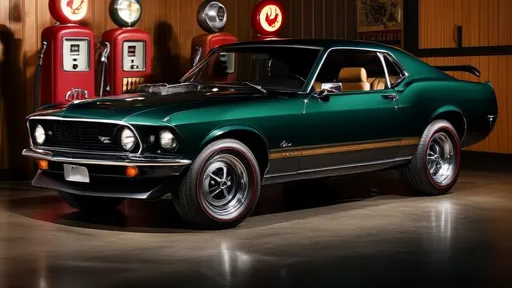
By /Jun 14, 2025
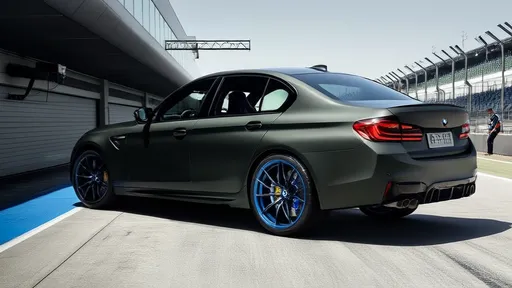
By /Jun 14, 2025
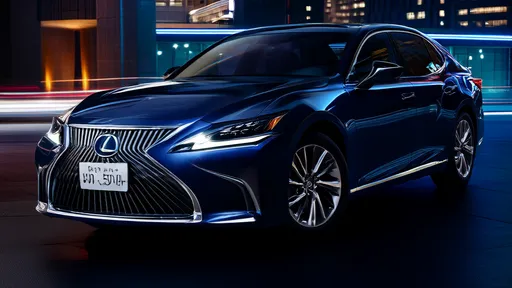
By /Jun 14, 2025
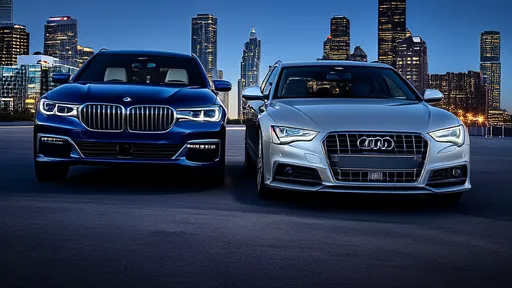
By /Jun 14, 2025
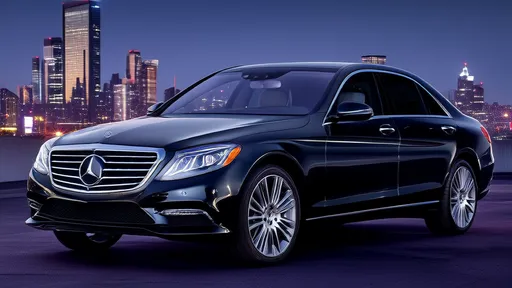
By /Jun 14, 2025
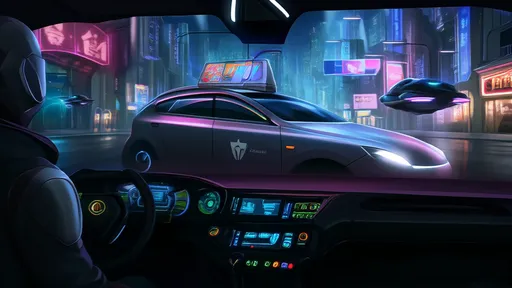
By /Jun 14, 2025
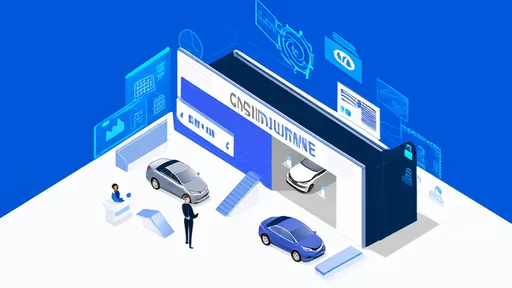
By /Jun 14, 2025
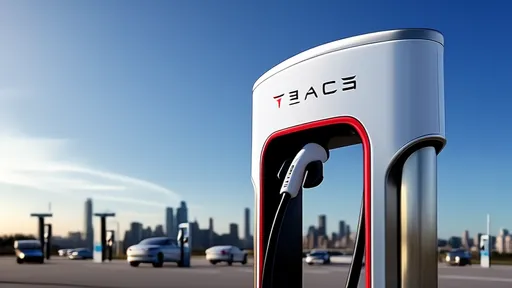
By /Jun 14, 2025
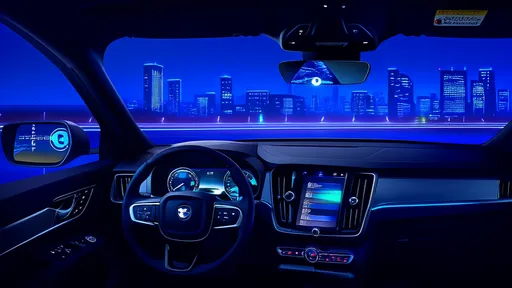
By /Jun 14, 2025
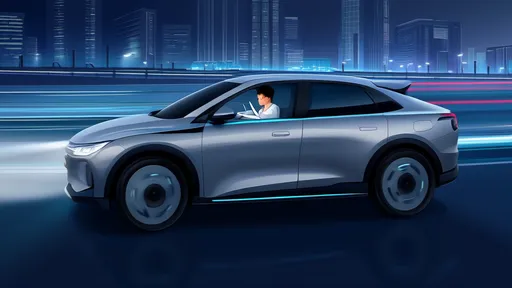
By /Jun 14, 2025

By /Jun 14, 2025